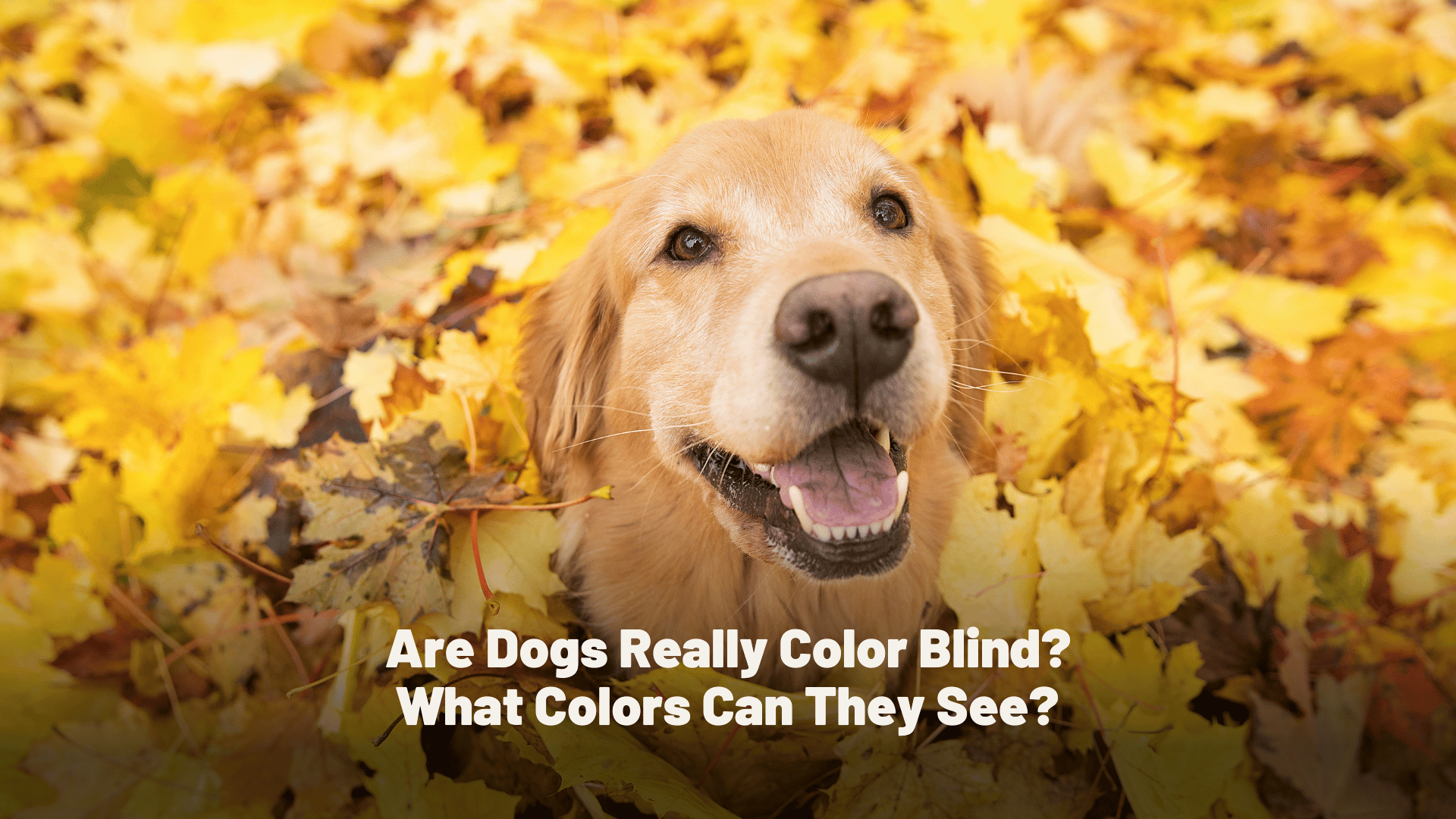Have you ever wondered if your dog sees the world the same way you do? It’s a common belief that dogs are color blind, but that’s not entirely true. While dogs don’t perceive the full spectrum of colors that humans do, they are not blind to color. Let’s explore how your dog sees the world and what colors they can actually detect.
What Does “Color Blind” Mean for Dogs?
Dogs aren’t completely color blind, but their vision differs significantly from ours. Humans have three types of color receptors in their eyes, known as cones, which allow us to see a wide range of colors, including reds, greens, and blues. Dogs, however, only have two types of cones, so their ability to see color is more limited.
This makes humans trichromatic, meaning we see three primary colors, while dogs are dichromatic, allowing them to see fewer colors. Instead of the full rainbow, dogs see the world primarily in shades of blue and yellow, with the rest appearing as grayish or muted tones. For instance, what looks bright red or green to us might look like different shades of brown or gray to a dog.
What Colors Can Dogs See?
Dogs are capable of seeing blues and yellows more clearly than other colors. Blue shades appear vivid to them, while yellow stands out distinctly from the other tones they perceive. On the other hand, colors like red and green are difficult for dogs to differentiate. Reds appear as dark browns, while greens might look like a dull shade of yellow or gray.
Their limited color perception doesn’t hinder their vision, though. Dogs rely much more on their heightened senses of smell and hearing to navigate their world. Though colors are less vibrant for them, they use their other senses to make sense of their surroundings.
How Does a Dog’s Vision Compare to Ours?
Even though dogs don’t see the full spectrum of colors, their vision has its own advantages. One significant strength is their excellent night vision. Dogs have more rod cells in their eyes, which allows them to see well in low-light conditions, making them better suited to see in the dark than humans. They also excel at detecting movement, even from a distance, which is useful for their instincts as hunters.
In addition, dogs have a wider field of view than humans, depending on the breed, allowing them to see more of their surroundings at once. This gives them superior peripheral vision, which helps them stay alert to any changes in their environment.
How Dogs Use Their Vision
While humans often rely on color to navigate the world, dogs prioritize other senses. Smell and hearing are far more important to a dog than color perception. In fact, when your dog is playing fetch, they’re more likely to track the ball by its movement and scent than by the color of the ball itself.
So, even if your dog’s favorite toy is a bright red ball, they probably love it for reasons beyond its color. For dogs, movement, scent, and texture are far more important when interacting with objects or people.
Are dogs color blind? Not quite. While they don’t experience the same range of colors we do, dogs are still able to see a limited spectrum, primarily consisting of blues, yellows, and neutral tones. Their unique vision, combined with their heightened senses of smell and motion detection, gives them a special way of interacting with the world.
If you want to enhance your dog’s playtime experience, consider using toys in shades of blue or yellow. These colors stand out to dogs and may add an extra layer of excitement to their world!

